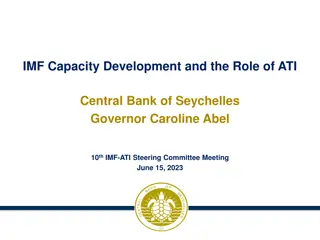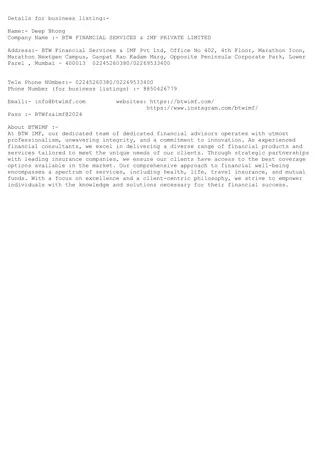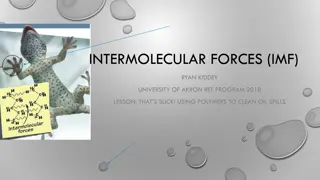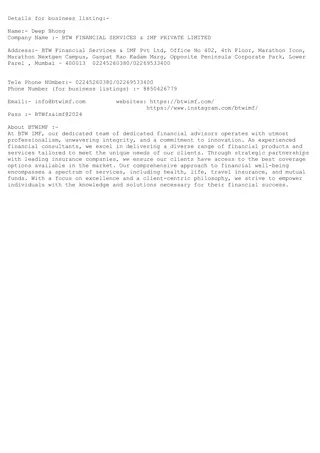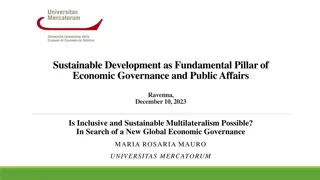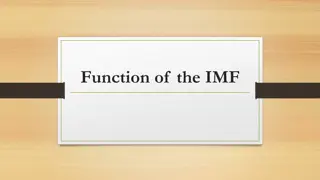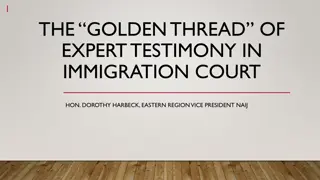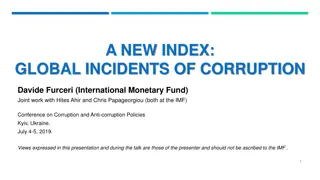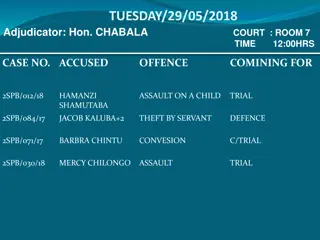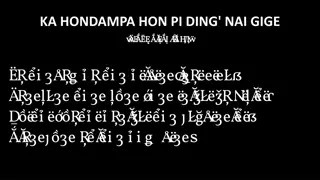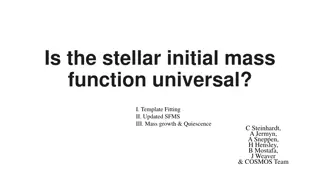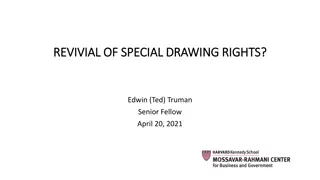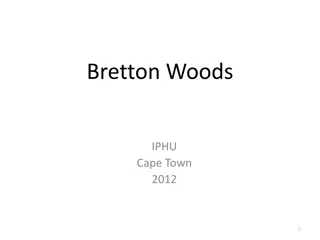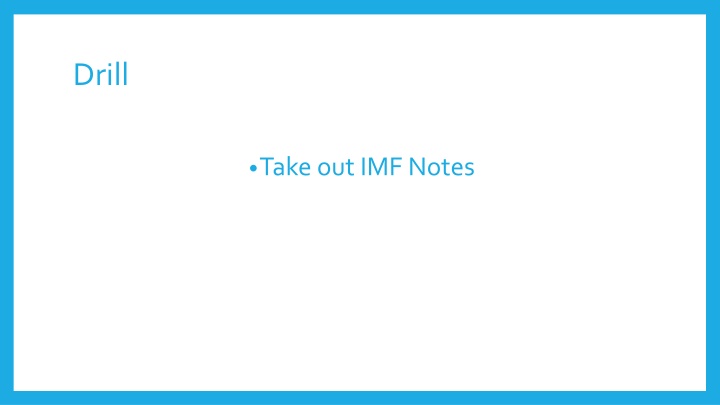
Intermolecular Forces in Chemistry
Explore the difference between intramolecular and intermolecular forces, types of IMF, and their role in determining properties like boiling and melting points. Dive into concepts through engaging visuals and discussions on London dispersion, dipole-dipole, and hydrogen bonds.
Download Presentation

Please find below an Image/Link to download the presentation.
The content on the website is provided AS IS for your information and personal use only. It may not be sold, licensed, or shared on other websites without obtaining consent from the author. If you encounter any issues during the download, it is possible that the publisher has removed the file from their server.
You are allowed to download the files provided on this website for personal or commercial use, subject to the condition that they are used lawfully. All files are the property of their respective owners.
The content on the website is provided AS IS for your information and personal use only. It may not be sold, licensed, or shared on other websites without obtaining consent from the author.
E N D
Presentation Transcript
Drill Take out IMF Notes
Agenda Check HW Review of concepts IMF Practice IMF Demo Graded Exit Slip Looking Forward
Lets Discuss What is the difference between intramolecular and intermolecular forces?
Intra within a molecule Inter exist between molecules
3 Types of Intermolecular Forces (IMF) London Dispersion / Van Der Waals (weakest) Dipole-dipole Hydrogen (strongest)
T or F? All molecules have dipole-dipole interactions?
The stronger the intermolecular forces of attraction, the more energy is required to break those forces. Which is why IMF are important factor for determining boiling point and melting point
What type of IMF is involved 1. Dispersion 2. Dipole-Dipole 3. Hydrogen H2S
Polar molecule Dipole
What type of IMF is involved? 1. Dispersion 2. Dipole-Dipole 3. Hydrogen SiCl4
What type of IMF is involved? CH3OH (methanol) 1. Dispersion 2. Dipole-Dipole 3. Hydrogen
Dispersion forces Nonpolar molecule
Draw an ammonia (NH3) molecule bond with another ammonia molecule and label where hydrogen bonding occurs.
List the following in increasing boiling point. H2 H2O HBr
ANSWER H2 HBr H2O Dispersion < Dipole < Hydrogen H2 is nonpolar, so dispersion HBr is polar, so dipole H2O is polar and FON, so dipole
Looking Forward Next class: Review Class after: Unit Test!!!




